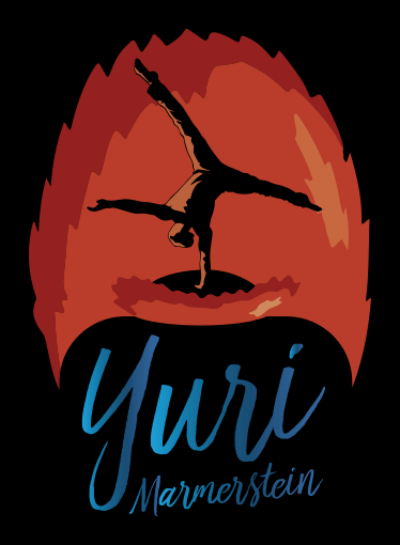Spotting balancing based skills can be a tricky subject. The difficulty and complexity lies not in spotting the skill, but how to do it in a way that encourages the student to learn it on their own(the ultimate goal of any teacher should be to eventually make themselves obsolete to their student).
Take this example of my spotting and helping to cue a student in her negative straddle press, which is an important step in later learning to press up.
The negative press is something she can already do to some degree, so why not just spot this student for heaps of presses?
Well one reason is because my main focus here is on technique and quality. Quantity of repetitions is still a major factor, but when teaching adults I put that at a lower priority.
If I spot someone for multiple reps before they perfect their single, often times it is me who is doing most of the work. Also, working through fatigue in a skill-based movement too soon can be detrimental since it can destroy those movement patterns we worked so hard to build.
On top of that, if I am working with a student who I do not see on a regular basis I want to give them a greater conceptual understanding to take home and help develop their practice.
The press HS is a combination of many factors including strength, flexibility, and coordination/timing. When I teach this I see just as many faults in the coordination as with the strength/flex.
Coordination and technique is something that can be improved or at least better understood in one session. Strength and flexibility require more long-term efforts to see a difference in.
This leads me onto my point. Here are some of my considerations when spotting someone for a handstand related skill:
-Assuming safety or fear are no concern, I try to be as lazy as possible when I spot. The goal is for the student to learn the skill for themselves, so overspotting here is only boosting both of our egos.
-Try not to hold, but rather guide them through what they need to do.
-Don't let the practitioner try to lean or push against the spotter. This is not only working incorrect movement patterns but also builds reliance rather than independence.
-It is more effective for the student to make the correction in their own body through verbal cues rather than my physical intervention. This helps them with recollection when they don't have a hands-on spot.
-Try to help the student be aware of their own sticking points and what is lacking. The current example is the moment I place my knee into Sara's shoulders to signal to her she was not pushing enough to maintain the stacked position, thus pointing out a place of collapse in her press.
-Never take someone off their balance point. I see this all the time in people spotting presses or HSPU where they allow the balancer's weight to fall behind the heel of the hand. This completely changes the movement pattern and would have resulted in an automatic failure had the practitioner tried it themselves using the same technique.
-It's not a necessity, but being able to already perform the skill you are spotting is helpful. If not, at least try to have seen enough of the movement to understand it well.
-Keep it real. Encouragement is important but I don't like to give false hopes either. The development of most skills takes a lot longer than people expect or set their goals towards.
As always, I end with a disclaimer. These are some of my opinions based on personal beliefs and experience. No wrong/right here. There are a plethora of ways to successfully spot these skills, you just have to be aware of the perspectives, constraints, and learning processes of the students you are working with.

